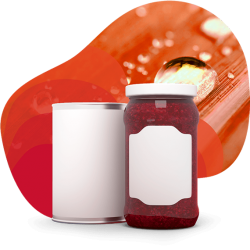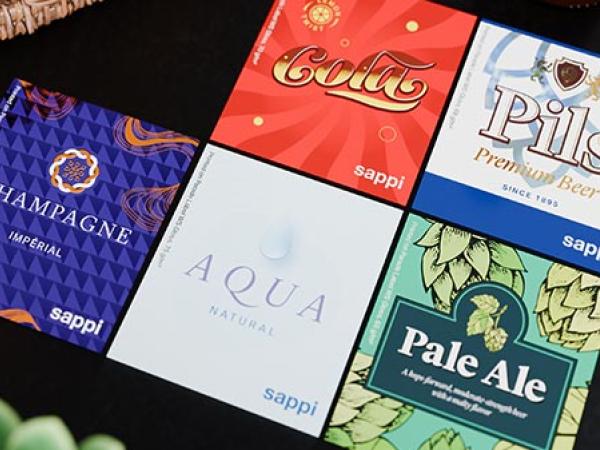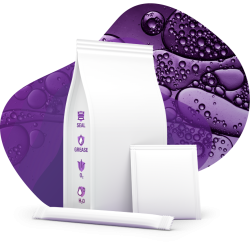
Keeping the paper cycle alive
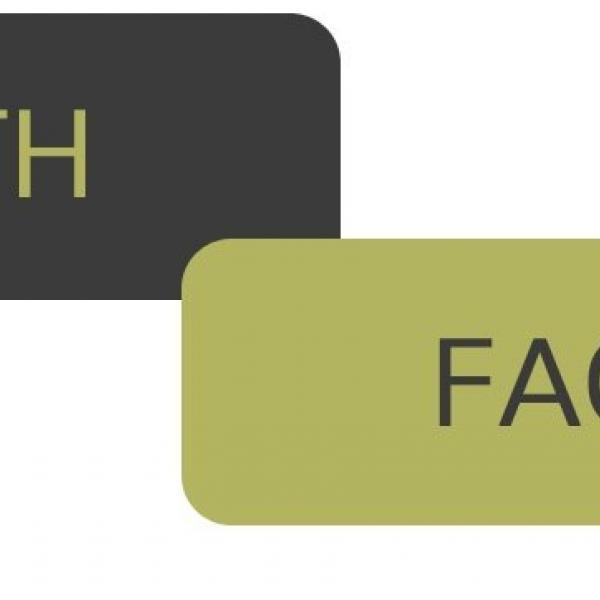
Myths about paper recycling – and what to think of them.
At Sappi, we want to contribute to reducing pollution by embracing our responsibility for the environment in our day-to-day work. This includes confronting common prejudices about the production of paper and paperboard. To that end, we are an active member of the worldwide Two Sides initiative. Two Sides addresses myths about paper manufacturing and sets them opposite verifiable facts.
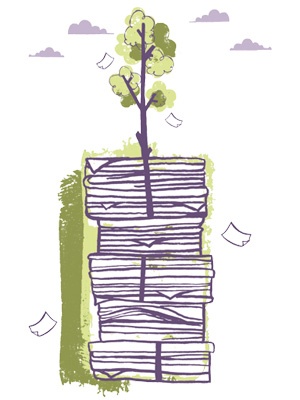
MYTH:
Only recycled paper should be used.
FACT:
Virgin fiber from sustainable forestry is the basis of all paper recycling.
With the paperboard product family Algro Design, Sappi produces premium substrates consisting exclusively of virgin fiber. Virgin fiber is indispensable to maintaining paper recycling into the future. The reason for this is clear: the quality of recycled fiber declines significantly each time it is reused. The paper industry therefore depends on virgin fiber from sustainably managed forests – feeding it into the paper cycle and thereby preserving the quality of recycling substrates. In doing so, it prevents a collapse of the cycle. Recycled paper and paper made of virgin fiber are thus equally important components of sustainable recycling management. Recycled paper fiber is used as effectively as possible, while virgin fiber serves to continuously refresh the recycling substrate. This process is sustainable not least because all the virgin fiber that Sappi uses comes from sustainably managed sources. The bottom line: there is hardly a raw material that can be reused as well as paper or paperboard – so long as the quality of the recycled substrate is regularly upgraded with virgin fiber.
Did you know?
- It is the interplay of wastepaper-collecting consumers and an innovative paper industry that gives Europe its reputation as the world champion of paper recycling today.
- In 1992, just 35 tons of wastepaper fiber on average was used in the production of every 100 tons of paper. Today, this has increased to a remarkable 72 tons.

